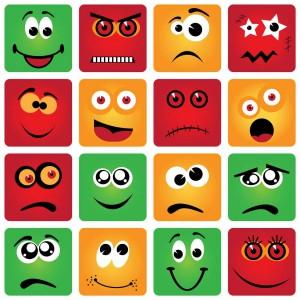
NIDA’s Glossary defines the limbic system as “a set of brain structures that generates our feelings, emotions, and motivations. It is also important in learning and memory.”
The limbic system, known informally as the “center for emotions,” is made up of five parts that help ensure our survival, including the ability to feel emotion, long-term memory storage, memory retrieval, and other behaviors directly connected with the emotions.
Each part has a separate role that makes the system run smoothly.
1) Amygdala—a tiny, almond-shaped structure commonly associated with processing emotions like anger, fear, and pleasure.
2) Cingulate Gyrus—a structure that receives messages from other parts of the brain and is essential in higher thinking functions, respiratory control, and memory, and learning.
3) Fornix—a tough, arch-shaped band that connects the two lobes of the cerebrum (the large rounded structure that makes up most of the brain and is divided into two hemispheres).
4) Hippocampus—a brain structure that is key to memory storage and retrieval; damage to it often means significant long-term memory loss.
5) Hypothalamus—a brain structure that regulates involuntary or automatic responses, including body temperature and food digestion. Drugs disrupt the feelings and motivations that form the basis of normal behavior. A person abusing drugs is artificially feeling pleasure by interfering with the limbic system.





Comments
Interesting!
This helps people know how to explain theyre feelings and where they think its coming from. People can tell someone "oh, my Hypothalamus hurts. Or something like that.
What does it have 2 do with this website?
Add new comment